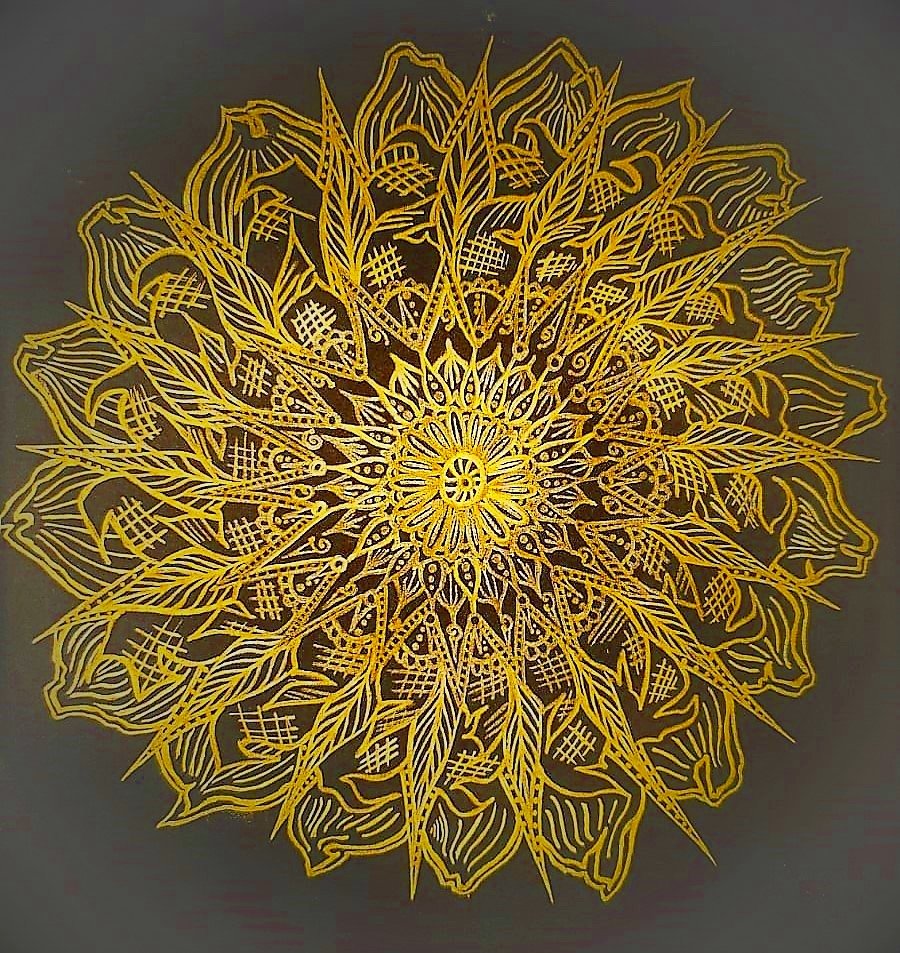 Image 1 of 1
Image 1 of 1


Aquilegia Seeds
150+ seeds per packet
Common columbine/Aquilegia vulgarias
Easy to grow perenial wildflower. Bee attractor.
Traditional cottage garden/woodland edge plant. Tall growing, usually over 1 metre in height. Bell shaped flowers with beautiful semi-evergreen foliage. Flowers from April to June. Dark purple/blueish flower. Best grown in partial shade. They require very little care once established. They will self seed and spread each year. Cut back the summer growth in September to encourage abundant winter foliage.
The seeds and roots are *reported* to be toxic and so advised not to be eaten. The leaves are also reportedly toxic unless well boiled. The flowers can be eaten, make sure to identify properly before consumption.
“Erna Gunther mentions medicinal and edible uses of this species of columbine. The Quileute tribe used the sap to aid in healing wounds, and Chehalis children sucked “honey out of the flowers.” However, The North American Guide to Common Poisonous Plants and Mushrooms by Nancy Turner and Patrick von Aderkas (Timber Press, 2009) lists Aquilegia species as toxic:
“Most [members of the Ranunculaceae] contain irritant protoanemonins; columbines contain cyanogenic glycosides.” “
150+ seeds per packet
Common columbine/Aquilegia vulgarias
Easy to grow perenial wildflower. Bee attractor.
Traditional cottage garden/woodland edge plant. Tall growing, usually over 1 metre in height. Bell shaped flowers with beautiful semi-evergreen foliage. Flowers from April to June. Dark purple/blueish flower. Best grown in partial shade. They require very little care once established. They will self seed and spread each year. Cut back the summer growth in September to encourage abundant winter foliage.
The seeds and roots are *reported* to be toxic and so advised not to be eaten. The leaves are also reportedly toxic unless well boiled. The flowers can be eaten, make sure to identify properly before consumption.
“Erna Gunther mentions medicinal and edible uses of this species of columbine. The Quileute tribe used the sap to aid in healing wounds, and Chehalis children sucked “honey out of the flowers.” However, The North American Guide to Common Poisonous Plants and Mushrooms by Nancy Turner and Patrick von Aderkas (Timber Press, 2009) lists Aquilegia species as toxic:
“Most [members of the Ranunculaceae] contain irritant protoanemonins; columbines contain cyanogenic glycosides.” “

